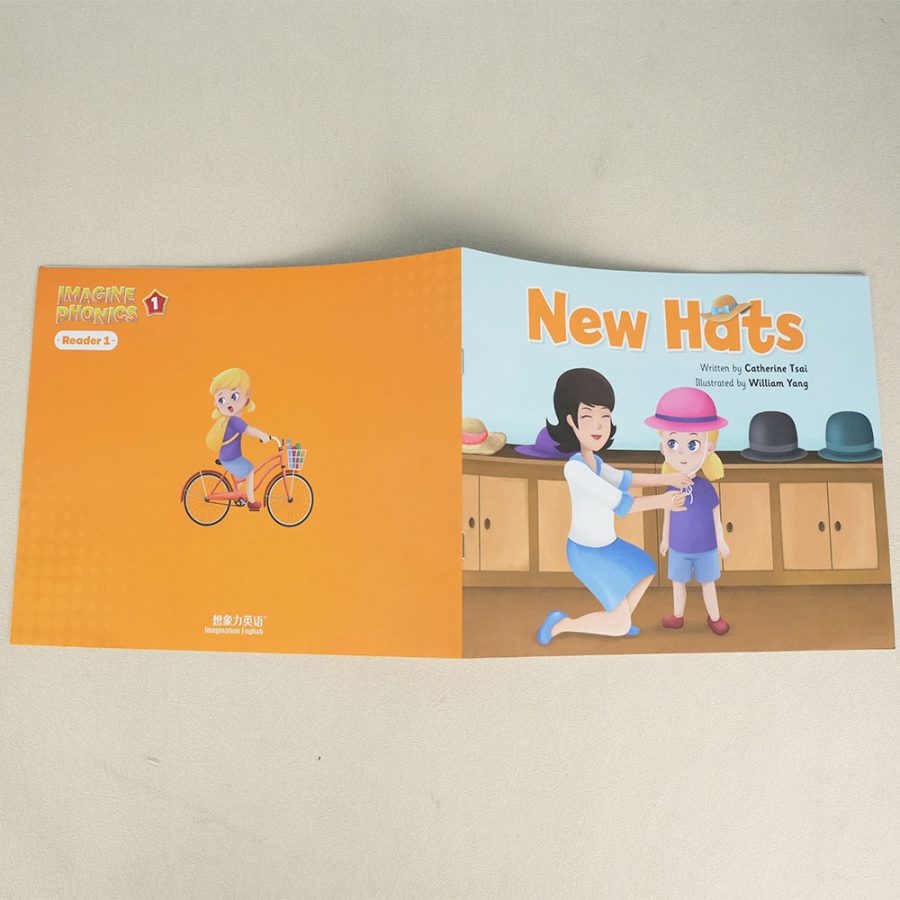Innovations in Book Printing Techniques for Your Next Publication
In the ever-evolving world of publishing, advancements in book printing techniques have revolutionized the industry, providing authors, publishers, and businesses with more efficient, cost-effective, and high-quality printing options. Whether you are an independent author or a large-scale publisher, understanding the latest innovations in book printing can help you make informed decisions for your next publication. This article explores some of the most groundbreaking developments in book printing that can enhance your printing experience and optimize your final product.
1. Digital Printing: Cost-Effective and On-Demand
One of the most significant innovations in book printing is digital printing, which allows for cost-effective, high-quality prints with minimal setup time. Unlike traditional offset printing, digital printing eliminates the need for printing plates, making it ideal for small print runs and on-demand printing. This method enables self-publishing authors and small publishers to print books economically without the burden of large inventory costs. Additionally, digital printing supports variable data printing, making it easier to personalize content for different audiences.
2. Print-on-Demand (POD): Reducing Waste and Costs
Print-on-Demand (POD) is a game-changer in the publishing industry, allowing books to be printed as orders come in rather than producing large batches in advance. This method reduces the risk of unsold inventory and minimizes waste, making it an environmentally friendly and cost-efficient choice for publishers. With POD, authors can make their books available worldwide without needing to invest in large-scale production or storage.

3. 3D Printing: A New Dimension in Book Publishing
Although still emerging, 3D printing has opened new possibilities in book production, especially for educational and artistic books. 3D printing technology can create textured pages, embossed lettering, and even intricate cover designs that provide a unique sensory experience for readers. This innovation is particularly beneficial for children's books, special edition publications, and visually impaired readers.
4. Eco-Friendly Printing Techniques
Sustainability is a growing concern in book production, leading to the rise of eco-friendly printing techniques. Many publishers are adopting soy-based inks, recycled paper, and waterless printing processes to reduce their environmental footprint. Additionally, some printing companies are utilizing biodegradable and compostable materials to ensure that printed books are more sustainable and environmentally responsible.
5. Augmented Reality (AR) Integration
Augmented Reality (AR) technology is transforming traditional book printing by enhancing the reader's experience with interactive content. AR-enabled books allow readers to scan pages with their smartphones or tablets to access animations, videos, and supplementary information. This innovation is particularly popular in educational books, marketing materials, and children’s books, providing an immersive and engaging reading experience.
6. High-Speed Inkjet Printing for Large-Scale Production
High-speed inkjet printing has significantly improved the efficiency of large-scale book production. This technology offers the quality of offset printing with the flexibility of digital printing, making it an excellent choice for high-volume printing while maintaining cost-effectiveness. Publishers can now produce books faster without sacrificing print quality, ensuring that demand is met promptly.
7. Laser Cutting for Intricate Cover Designs
Innovative laser cutting technology allows for intricate and precise cover designs that were previously difficult to achieve. This technique enables publishers to create custom die-cut book covers, unique patterns, and stunning visual effects, making books more attractive to consumers. Laser cutting is particularly useful for luxury books, special editions, and artistic publications that require a distinctive aesthetic appeal.

8. Smart Books with Embedded Technology
Smart books integrate RFID (Radio-Frequency Identification) chips, QR codes, and NFC (Near-Field Communication) technology to enhance reader engagement. These embedded technologies provide instant access to digital content, making books more interactive and informative. This advancement is particularly useful in educational publishing, where students can access additional resources and multimedia content directly from their textbooks.
Conclusion
Innovations in book printing techniques are making it easier than ever to produce high-quality, cost-effective, and engaging publications. Whether you opt for digital printing, embrace eco-friendly materials, or integrate cutting-edge AR and smart technology, these advancements offer numerous benefits to publishers and authors alike. By staying informed about the latest printing trends, you can ensure that your next book stands out in a competitive market while maintaining sustainability and efficiency.







